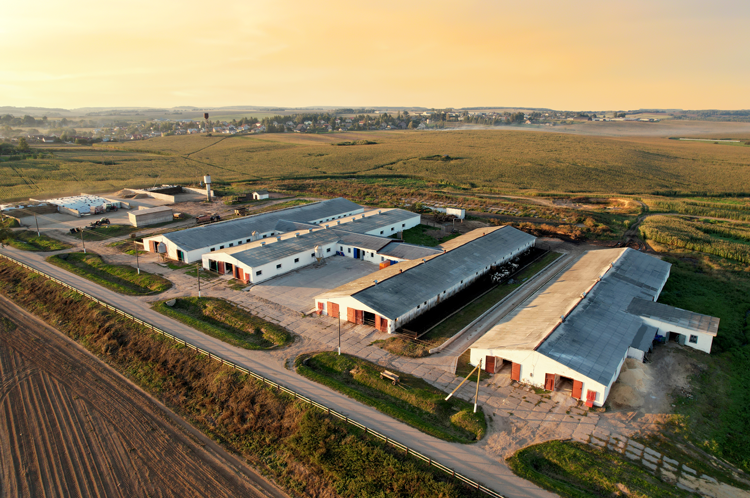
Biosecurity practices on dairy farms have been in the spotlight recently. While they are top of mind to prevent the avian influenza strain that has been spreading to dairy cattle in states across the country for more than a month now, stopping the spread and impact of all dairy diseases should always be a priority on our farms.
We might often think of biosecurity as preventing a disease from entering our farm, and that is a big part of it, described Penn State Extension veterinarian Hayley Springer during a webinar presentation. But biosecurity practices also include containing disease that may be present in your animals or environment to minimize the impact they have on your herd and others. This is jointly referred to as bioexculsion and biocontainment, she said.
Springer described three levels to implementing biosecurity measures. The first is the conceptual level as we design our facilities. We can consider farm and barn location plus wind direction. She noted that this is not as big of a concern with dairy cattle as it is for other species like hogs, which have more diseases that can spread over long distances through wind.
But conceptual biosecurity also includes recognizing how vehicles will access the farm and how pests and wildlife can be controlled. We know those are significant considerations when recognizing how dairy diseases spread. Vectors like flies, ticks, and birds can cause diseases such as pinkeye — and seemingly avian influenza — to dairy cattle. Fomites, or nonliving objects that can carry disease, like boots, vehicle tires, and even milking equipment also pose a threat.
Those risks carry over to the second level of biosecurity, which Springer called structural practices. These are physical objects we put in place or could change after farm construction, such as housing design, shower facilities, traffic patterns, feed storage, or ventilation. Are we housing young animals with older animals? Are vehicles that have been on other farms regularly driving into feed storage or other facilities without being cleaned? Practices such as these can spread disease-carrying vectors far and wide.
Finally, Springer explained procedural biosecurity. These are the everyday practices we are familiar with that we take to prevent spreading disease between animals or around the farm. Providing vaccinations, quality colostrum, a clean environment, and sufficient ventilation are the best ways to boost our animals’ immune systems and help them fight off any pathogens they may come into contact with. Bacteria and viruses can easily spread through fecal, airborne, and direct contact methods, she reminded.
Diseases may also spread through bodily fluids. This is most easily recognized in the transfer of contagious mastitis, so do not ignore the importance of milking equipment sanitation and proper udder cleaning. Springer reminded that when working with cattle, make sure needles and palpation sleeves are only used once to prevent the transfer of bloodborne diseases like bovine leukosis and bovine viral diarrhea or reproductive diseases such as brucellosis or leptospirosis.
We are unlikely to exclude every disease challenge from our farms, but we can take efforts that make it harder for pathogens to enter and that help our animals fight off challenges when they occur. Those efforts must be a priority on any farm that wants to keep their animals healthy and productive.








